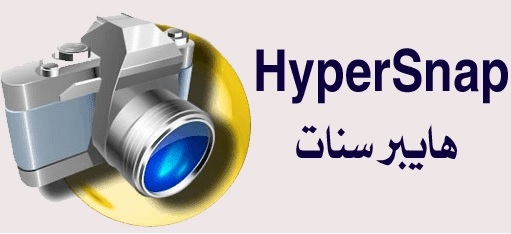
HyperSnap offers 7 main tabs at the top to work with the image. From there you’re taken into the full featured image editor to make adjustments before exporting. Simply decide what it is you want to capture on screen be it a windows, full screen, or portion of the desktop. Adapting the ribbon UI you can easily navigate through the app like you would any standard windows app. What I enjoy best about it is the windows friendly user interface. Personally I’ve enjoyed using HyperSnap in my workflow (including this article) as it’s much easier & featured packed then the built in tools. FTP Server Uploads (Can upload via File transfer protocol to your site)Ĭlick Here to Download Hypersnap at the Official Website

Non-Rectangular Capture Options (Can capture pictures in multiple shapes circles, square, etc) Button Capture Support (Can capture menus on apps) Image Editing, Capture, and Annotation tools Capture Images on any screen (Can capture more than one screen/multi-monitors) This is great when your trying to showcase something on screen, for tutorials or articles like this one, and many other uses in both personal & business scenarios. So what exactly is a screenshot tool? HyperSnap allows you to capture what you see on your screen in a digital format.

You can then review the Ribbon Tabs to identify the new toolsġ Learn about the new Ribbon interface and Thumbnail s in the “What’s New” section.ģ Search the Ribbon Reference section for descriptions of HyperSnap tabs and tools. Previous User: If you have used HyperSnap in the past, the “What’s New” section will give you the basics of HyperSnap’s new Ribbon Interface. (You can also print a PDF version of the manual if you want a paper copy.)įirst Time User: If you are using HyperSnap for the first time, following the steps below can help you learn to use it more quickly. When you click an item in the contents or a link in the text, you see the information under that heading in the manual. This online manual is also HyperSnap’s online Help.


 0 kommentar(er)
0 kommentar(er)
